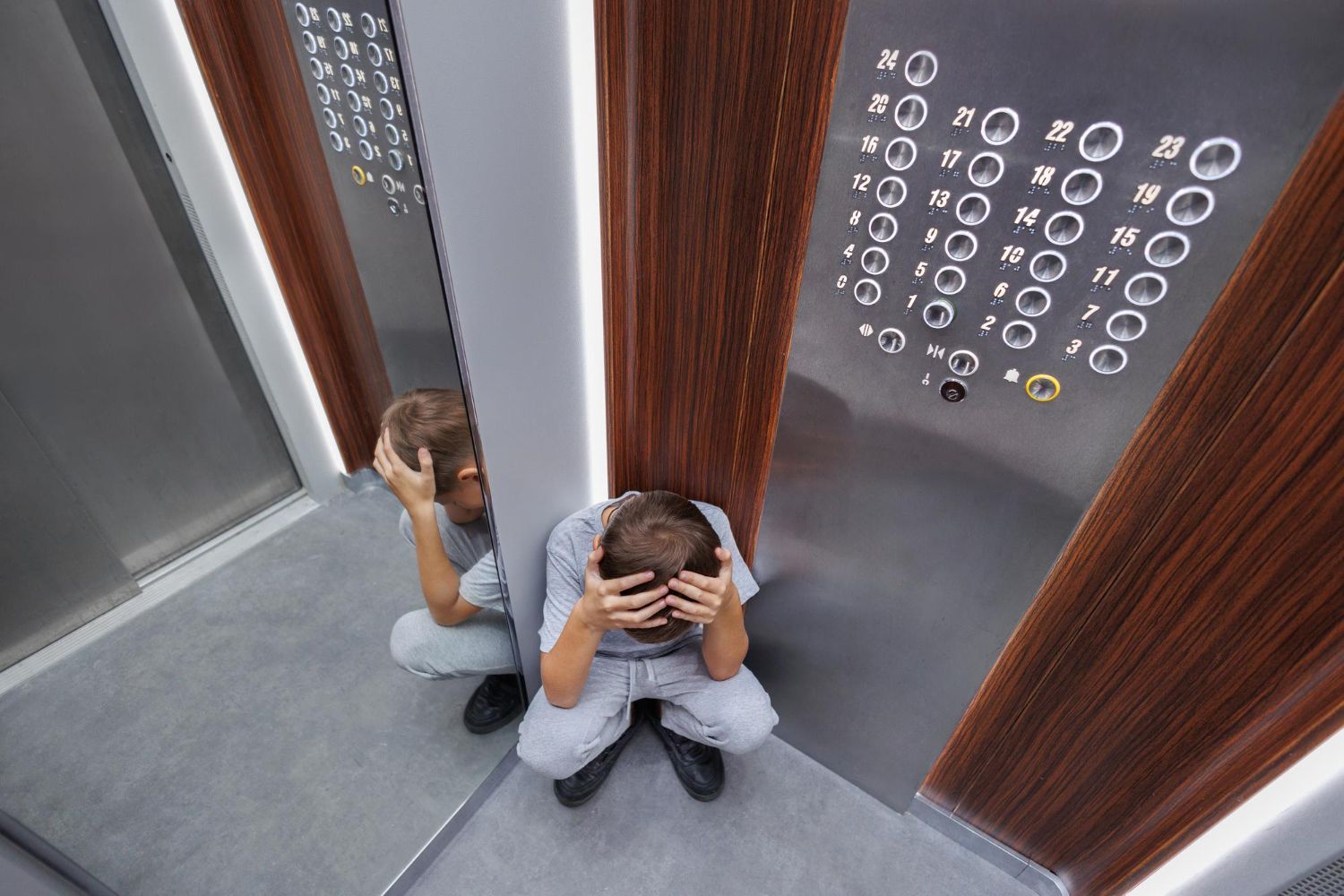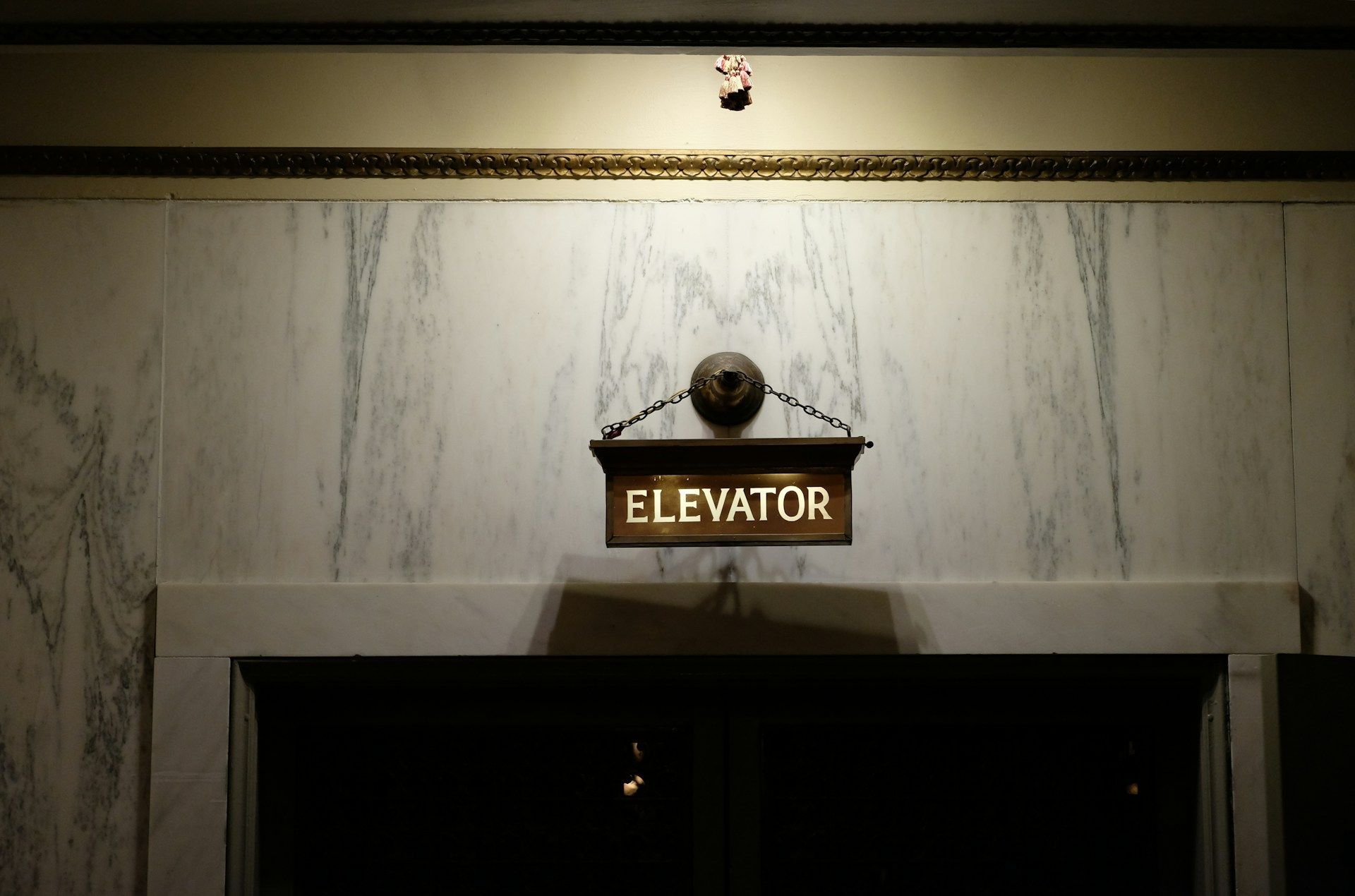The Importance of Elevator Emergency Preparedness and Proper Training
In a multi-story building, elevators play a vital role in providing seamless vertical transportation for occupants. However, elevator emergencies, such as power outages, mechanical failures, or fires, can happen unexpectedly and may lead to dangerous situations. It is essential for building owners, property managers, and facility operators to prioritize elevator emergency preparedness and ensure occupants receive proper training on how to respond during an emergency situation.
Creating a comprehensive elevator emergency preparedness plan is a crucial step in ensuring the safety and well-being of your building occupants. This plan should outline protocols and procedures for responding to a wide range of potential elevator emergencies, including technical malfunctions, power failures, and emergency evacuations.
Moreover, proper training is a key component of emergency preparedness. A well-informed and trained building personnel can not only provide guidance to other occupants during an emergency but also prevent panic and ensure a safe and orderly response.
In this informative article, we will discuss the essential elements of an elevator emergency preparedness plan, including best practices for training and response. We will also explore the importance of regular elevator maintenance and collaborating with a reliable elevator solutions partner, like Elevator Solutions, to minimize the risk of emergencies and promote optimal performance.
Fundamental Components of an Elevator Emergency Preparedness Plan
1. Establish Clear Protocols and Procedures
A well-structured elevator emergency preparedness plan should outline the specific protocols and procedures for responding to various types of elevator emergencies. This includes, but is not limited to, power outages, elevator entrapments, and fires. Your plan should provide detailed information on the roles and responsibilities of security personnel, building staff, emergency responders, and other essential personnel during an emergency.
2. Maintain Effective Communication Systems
Effective communication is critical during an elevator emergency. Ensure your preparedness plan includes clear communication channels for alerting emergency responders, as well as informing building occupants about the status of the situation. Regularly test all communication systems, such as intercoms, emergency phones, and public address systems, to verify their functionality.
3. Develop a Comprehensive Evacuation Plan
In the event of an emergency, such as a fire, power failure, or other hazardous circumstances, building occupants may require swift evacuation. Develop a detailed evacuation plan that accounts for the use of elevators, stairwells, and alternative exit routes. This plan should also consider individuals with mobility impairments and those who rely on wheelchair lifts for accessibility.
4. Conduct Regular Drills and Staff Training
Regularly conducting emergency drills and providing staff training ensures everyone in your building is familiar with the established protocols and procedures. During a true emergency, building occupants will be able to respond quickly and efficiently due to their familiarity with your preparedness plan.
The Importance of Regular Elevator Maintenance and Expert Guidance
1. Preventative Maintenance to Minimize Risks
Keeping your elevators in peak operating condition is essential in reducing the risk of emergencies. A consistent preventative maintenance program, performed by a reliable elevator solutions partner like Elevator Solutions, can identify and address issues before they escalate, ensuring a safer and more reliable elevator system.
2. Routine Inspections and Code Compliance
Regular elevator inspections conducted by licensed technicians are necessary to ensure your elevator system remains in compliance with local and national safety regulations. Code compliance not only supports the safe operation of your elevators but can also help prevent liability issues related to elevator accidents or malfunctions.
3. Collaboration with a Trusted Elevator Solutions Partner
Teaming up with a knowledgeable and trustworthy elevator solutions partner, such as Elevator Solutions, is crucial in maintaining the performance, safety, and reliability of your elevator system. An experienced partner can guide you through the process of developing and refining your elevator emergency preparedness plan and provide valuable insight into best practices for elevator safety and maintenance.
Final Thoughts
The safety of your building occupants during elevator emergencies is of paramount importance, and a well-crafted elevator emergency preparedness plan is essential in achieving this goal. By establishing clear protocols, maintaining effective communication systems, developing evacuation plans, and ensuring regular maintenance and inspections, you can confidently promote a safe and secure environment for your building.
Collaborating with a knowledgeable elevator services partner, like Elevator Solutions, will further enhance your ability to navigate the complexities of elevator safety and ensure your preparedness efforts remain current and effective. Trust Elevator Solutions with your elevator emergency preparedness needs and provide peace of mind for all who rely on your building's elevators.



